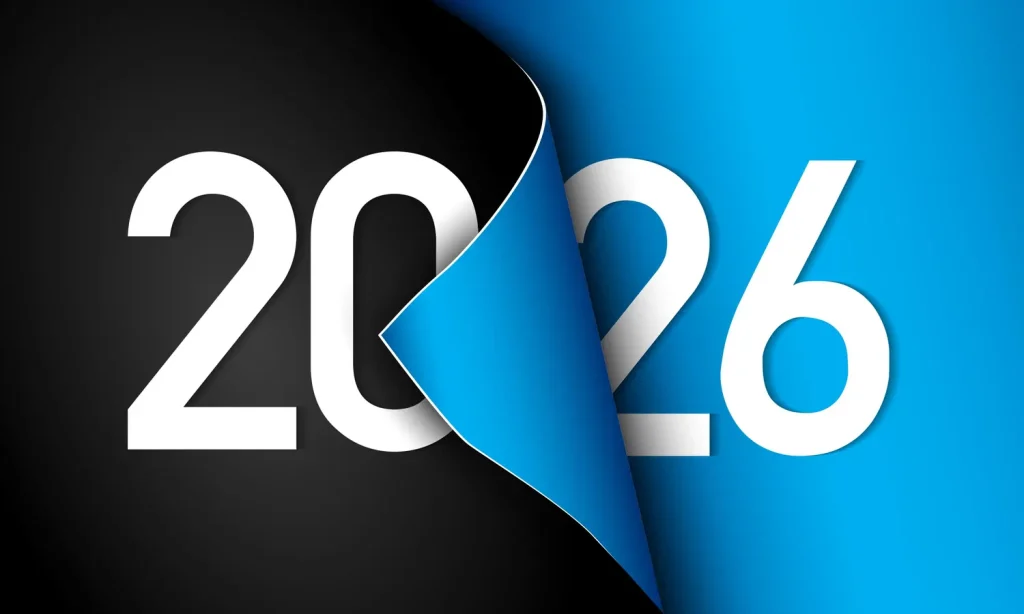Navigating the 2026 Tax Landscape: What You Need to Know
The Internal Revenue Service has unveiled its annual inflation adjustments for the 2026 tax year, bringing several noteworthy changes that will affect how Americans plan their finances and prepare their tax returns. These adjustments, which will apply to returns filed in 2027, include updates to tax brackets, standard deductions, and various credits and exemptions. While some changes merely reflect inflation adjustments, others stem from the recently enacted One Big Beautiful Bill Act (OBBBA), which made several provisions from the Tax Cuts and Jobs Act (TCJA) permanent while introducing new benefits. Understanding these changes now gives taxpayers ample time to adjust their withholding, tweak estimated payments, and make informed financial decisions throughout 2026.
For most taxpayers, the structure of income tax rates remains familiar, with the seven tax brackets (10%, 12%, 22%, 24%, 32%, 35%, and 37%) made permanent under OBBBA. However, the income thresholds for these brackets have increased. For example, the top 37% rate will apply to individual single taxpayers with incomes exceeding $640,600 and married couples filing jointly with incomes over $768,700. Meanwhile, the standard deduction has increased substantially to $16,100 for individuals and married couples filing separately, $32,200 for married couples filing jointly, and $24,150 for heads of household. The additional standard deduction for elderly or blind taxpayers will be $1,650, rising to $2,050 for unmarried taxpayers. These increases provide modest tax relief across the board while simplifying filing for many Americans who will find it more advantageous to take the standard deduction rather than itemize.
Families with children will see several important adjustments in 2026. The child tax credit will be $2,200 per qualifying child, with up to $1,700 potentially refundable. The Earned Income Tax Credit (EIC) maximum increases to $8,231 for families with three or more qualifying children, offering substantial support to working families with lower incomes. For employers providing childcare, the maximum tax credit jumps dramatically from $150,000 to $500,000 ($600,000 for eligible small businesses), reflecting the OBBBA’s emphasis on family support. Additionally, the adoption credit increases to $17,670, with $5,120 potentially refundable. These family-focused provisions acknowledge the financial challenges of raising children while providing targeted relief to those who need it most.
The OBBBA has introduced several novel deductions that will appear on a new Schedule 1-A. Workers in tipped occupations can claim a deduction of up to $25,000 for qualified tips, while overtime workers can deduct up to $12,500 ($25,000 for joint filers) for qualified overtime pay. Car buyers can deduct interest on auto loans up to $10,000, and seniors qualify for an additional deduction of $6,000 ($12,000 for joint filers if both qualify), which supplements the existing additional standard deduction for the aged. For business owners, the Qualified Business Income (QBI) deduction remains at 20% of eligible income, with OBBBA adding a minimum section 199A deduction of $400 for those with at least $1,000 of qualified business income. These innovative deductions represent a significant shift in tax policy, providing targeted relief to specific groups of taxpayers beyond the traditional framework of credits and exclusions.
Healthcare and retirement planning also see important changes for 2026. Health Savings Account (HSA) contribution limits increase to $4,400 for individuals and $8,750 for families, with those 55 and older allowed an additional $1,000 contribution. For health flexible spending arrangements, the contribution limit rises to $3,400, with a maximum carryover amount of $680. Medical Savings Account (MSA) deductible thresholds and out-of-pocket maximums have been adjusted upward as well. On the estate planning front, the federal estate tax exclusion jumps significantly to $15 million per person or $30 million per married couple, while the annual gift tax exclusion remains at $19,000 per recipient. These adjustments help taxpayers better manage healthcare costs and preserve wealth for future generations.
The OBBBA has also reformed several itemized deductions. The cap on state and local tax (SALT) deductions increases to $40,000 ($20,000 for married filing separately), providing relief to taxpayers in high-tax states. Home mortgage interest remains deductible on loans up to $750,000, and a new above-the-line charitable deduction of up to $1,000 ($2,000 for joint filers) is available even for those who don’t itemize, though donations to Donor-Advised Funds and private foundations don’t qualify. The definition of deductible casualty losses expands to include those from state-declared disasters as well as federal ones. For high-income taxpayers, the benefit of itemized deductions is effectively capped at 35% even though they may be in the 37% bracket. Gambling loss deductions are limited to 90% of gambling winnings reported for the year. While the tax code remains complex, these adjustments aim to provide relief and simplicity where possible while maintaining the progressive nature of the income tax system.


